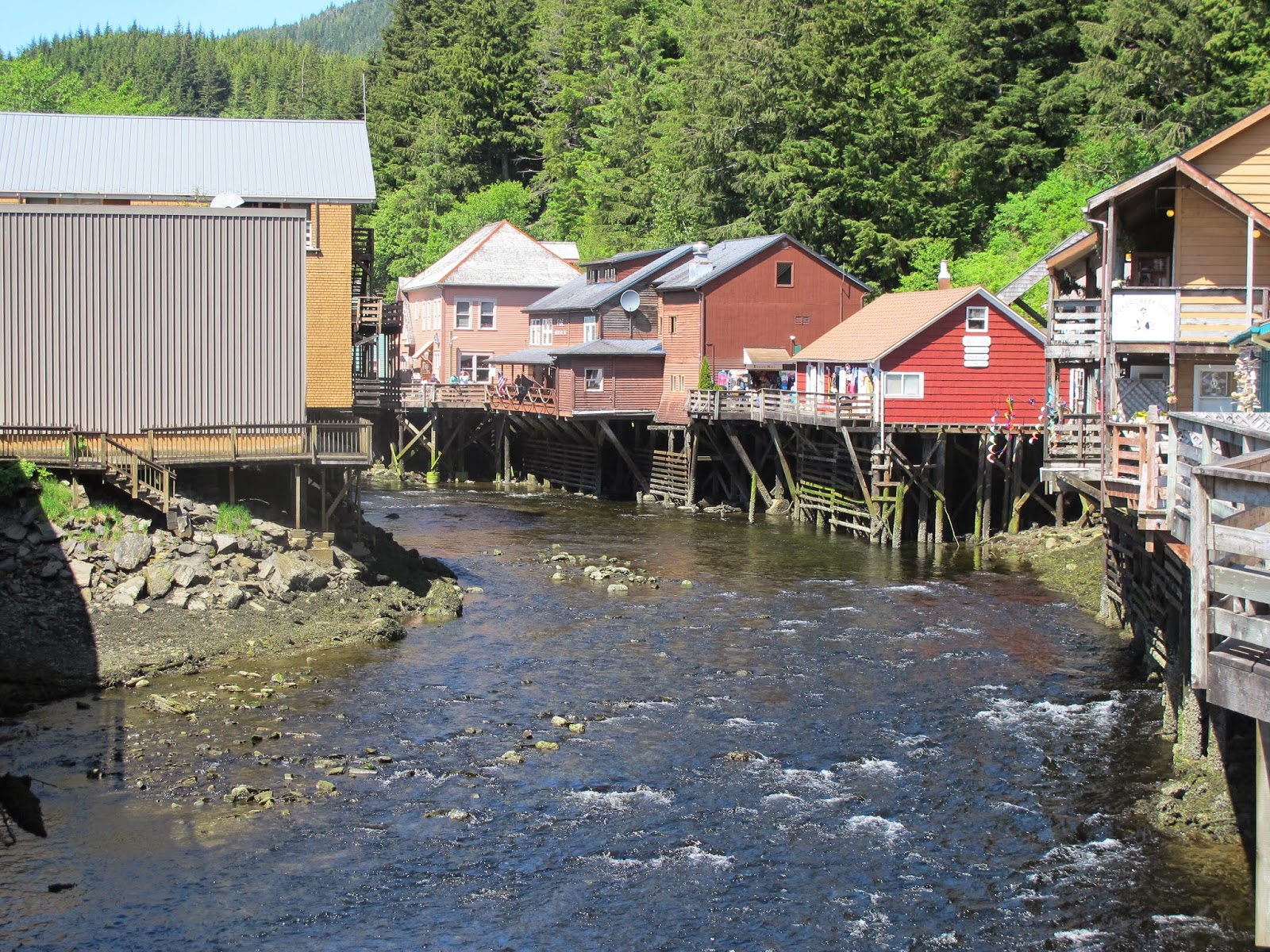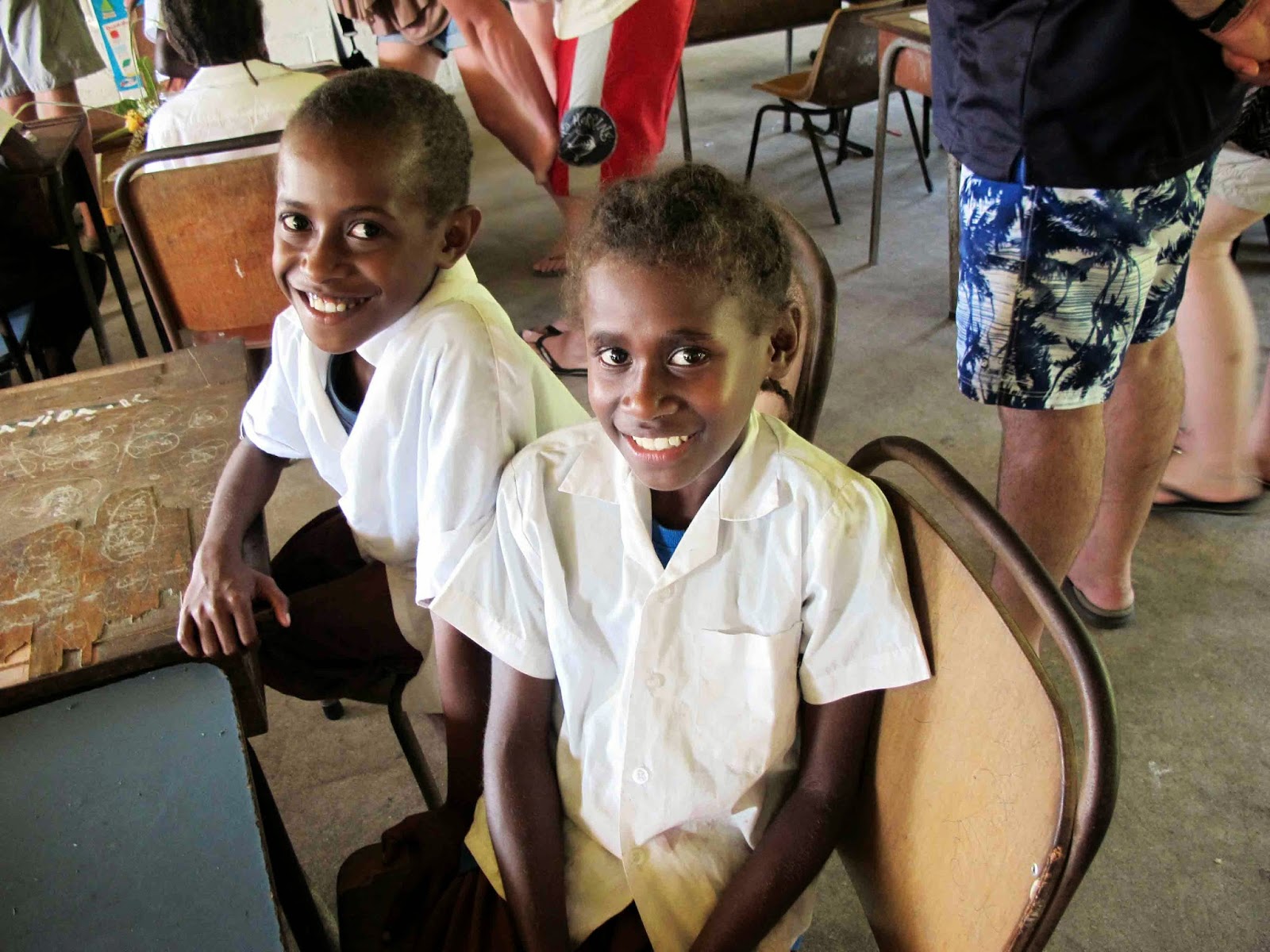Starting a new hobby is a great way to keep your mind sharp or your body active. The art of recreational birdwatching (of the feathered kind) is perfect on both counts. You can even start small by exploring your own garden to find out who comes to visit.
In our garden there are sparrows foraging for insects and blackbirds cheekily taking a peck out of our almost ripe apples. Handsome tui with lacy collars swoop over from the adjacent bush. Occasionally a fantail flits around or there’s a flash of reds and yellows as a small group of brightly coloured eastern rosella make a fleeting visit. Last summer, when the nikau berries had ripened, a fat woodpigeon came to gorge itself on them.
When we travel around New Zealand, we often stop for a bushwalk to enjoy being surrounded by birdsong and catching sight of different birds. Our beach walks have led to some magical moments. Once we saw a little yellow eyed penguin waddling out of the ocean onto the beach in the Catlins.
Bird watching is inexpensive, although a pair of binoculars (or bins as serious birdwatchers call them) is useful to catch a clearer view of a distant bird. A camera also comes in handy, especially if it has a decent zoom. But a bird identification book is indispensable to identify the many different kinds of birds you are likely to meet. Steve Braunias recommends The Field Guide to the Birds of New Zealand (2015 edition) by Barrie Heather and Hugh Robertson. This is also the only New Zealand birdwatching guide endorsed by the Ornithological Society of NZ.
'You can put your hand on this book and swear by it, because it's the bible. Every bird of town, bush, swamp, island, beach, river and the sea is here – accurately, intricately, and beautifully observed.'
— Steve Braunias: author of How to Watch a Bird
The Field Guide to the Birds of New Zealand is in three parts. Part One contains all the essentials a bird watcher needs to identify each bird: its weight, appearance, flight pattern and call. It also describes its habitat and how it breeds. Beside each bird there is a tiny map that shows where in New Zealand (on shore and/off) it can be found. There are 85 colour paintings of birds grouped in families, painstakingly done by Derek Olney, representing every bird species in New Zealand. Many birdwatchers prefer paintings to photographs of birds. An artist can compose a painting to show every detail and body part realistically and accurately. This is more difficult to achieve with a camera.
Curiously eight extinct birds have been included in the resource. It’s a great shame there are far less birds to be seen in New Zealand today than before human settlement. Humans destroyed much of the birds’ habitats, hunted some species to extinction, and introduced mammalian bird predators like rats and dogs. More than 50 birds became extinct, eight after 1900 (including the huia). Those eight are included in the book to drive home a conservation message: we need to take care that no more species are driven to extinction.
Some old-school birdwatchers may argue that The Field Guide to the Birds of New Zealand should have stopped at Part One as there is sufficient information here to allow you to accurately identify a bird. And it would certainly have made this book lighter. But as someone who is new to birdwatching and is keen to find out more I found the second part, the Handbook which tells you much more about each bird including information about its behaviour and conservation status especially valuable and interesting.
Part Three describes 12 special bird-watching sites. These are the only kinds of places where you will see some of our rare and endangered species and where some great work is being done to preserve and breed them.
One small quibble I do have with this book is that because it is so jam-packed with information I would find it too heavy to take along on a birdwalk. But it can easily be left in the pocket of your car to be referred to at the end of your walk or read at home later.
It’s a book well worth having, especially if it encourages you to go exploring and to enjoy seeing birds in their natural surroundings. Once you have started you will never look back!
Name: The Field Guide to the Birds of New Zealand (2015 edition)
Authors: Barrie Heather & Hugh Robertson
Illustrated by: Derek Onley
Publisher: Penguin NZ
Price: $55
Lyn is a volunteer at Tiri Tiri Matangi Island.
My review of this book first appeared on the GrownUps website on May 5





























































